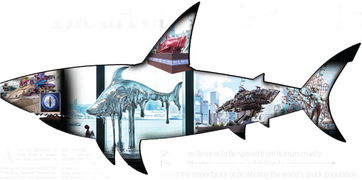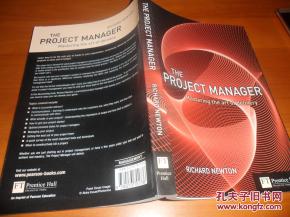Article:
Introduction: Fishing, an age-old pastime, has been captivating anglers worldwide for centuries. Among the various fishing techniques, sea rod fishing stands out for its excitement and challenge. One crucial aspect of sea rod fishing is the placement of fish boxes, which can significantly impact your catch. In this article, we will delve into the art of sea rod fishing and provide expert tips on how to place fish boxes for optimal results.
Choosing the Right Fish Box: The first step in mastering sea rod fishing is selecting the appropriate fish box. A fish box, also known as a tackle box, is a container used to store fishing gear, such as hooks, lures, and bait. Here are some factors to consider when choosing a fish box:
a. Size: Ensure that the fish box is large enough to accommodate all your fishing gear, but not too bulky to hinder your movements while fishing.
b. Material: Opt for a fish box made from durable materials like plastic or metal, which can withstand harsh weather conditions and rough handling.
c. Compartments: Look for a fish box with multiple compartments to organize your gear effectively. This will help you find what you need quickly and efficiently.
Properly Storing Your Gear: Once you have the right fish box, it's essential to store your gear properly. Here are some tips to ensure your fishing equipment remains in good condition:
a. Keep hooks and lures in separate compartments: This will prevent them from tangling and becoming damaged.
b. Store live bait in a separate container: Live bait, such as crabs or shrimp, should be kept in a separate container with water to maintain their freshness.
c. Use a tackle box with a built-in rod holder: This will keep your rods organized and prevent them from getting damaged or tangled.
Placing the Fish Box: Now that you have the right fish box and properly stored gear, it's time to place it on your sea rod. Here are some tips for optimal placement:
a. Attach the fish box to your fishing rod: Most fish boxes come with a belt or clip that can be attached to your fishing rod. This will keep the box within reach and prevent it from falling into the water.

b. Position the fish box on the rod's lower section: Placing the fish box on the lower section of the rod will ensure that it is within easy reach while casting and reeling in your catch.
c. Adjust the height of the fish box: Make sure the fish box is at a comfortable height for you to access it while fishing. This will prevent strain and fatigue.
Mastering the Art of Sea Rod Fishing: Now that you have your fish box in place, it's time to focus on the art of sea rod fishing. Here are some expert tips to help you catch more fish:
a. Learn the basics of casting: Casting is a fundamental skill in sea rod fishing. Practice different casting techniques to find the one that works best for you.
b. Choose the right bait: The type of bait you use will depend on the fish species you're targeting. Research the local fish population and use the appropriate bait to increase your chances of a catch.
c. Read the water: Pay attention to the water's surface and currents. Understanding the water's behavior will help you predict where the fish are likely to be.
d. Patience is key: Sea rod fishing requires patience. Don't get discouraged if you don't catch fish immediately. Stay focused and persistent, and your efforts will pay off.
Conclusion: Mastering the art of sea rod fishing, particularly the placement of fish boxes, can significantly enhance your fishing experience. By choosing the right fish box, storing your gear properly, and placing it strategically on your rod, you'll be well on your way to catching more fish. Remember to practice your casting techniques, choose the right bait, and maintain patience while fishing. Happy fishing!












